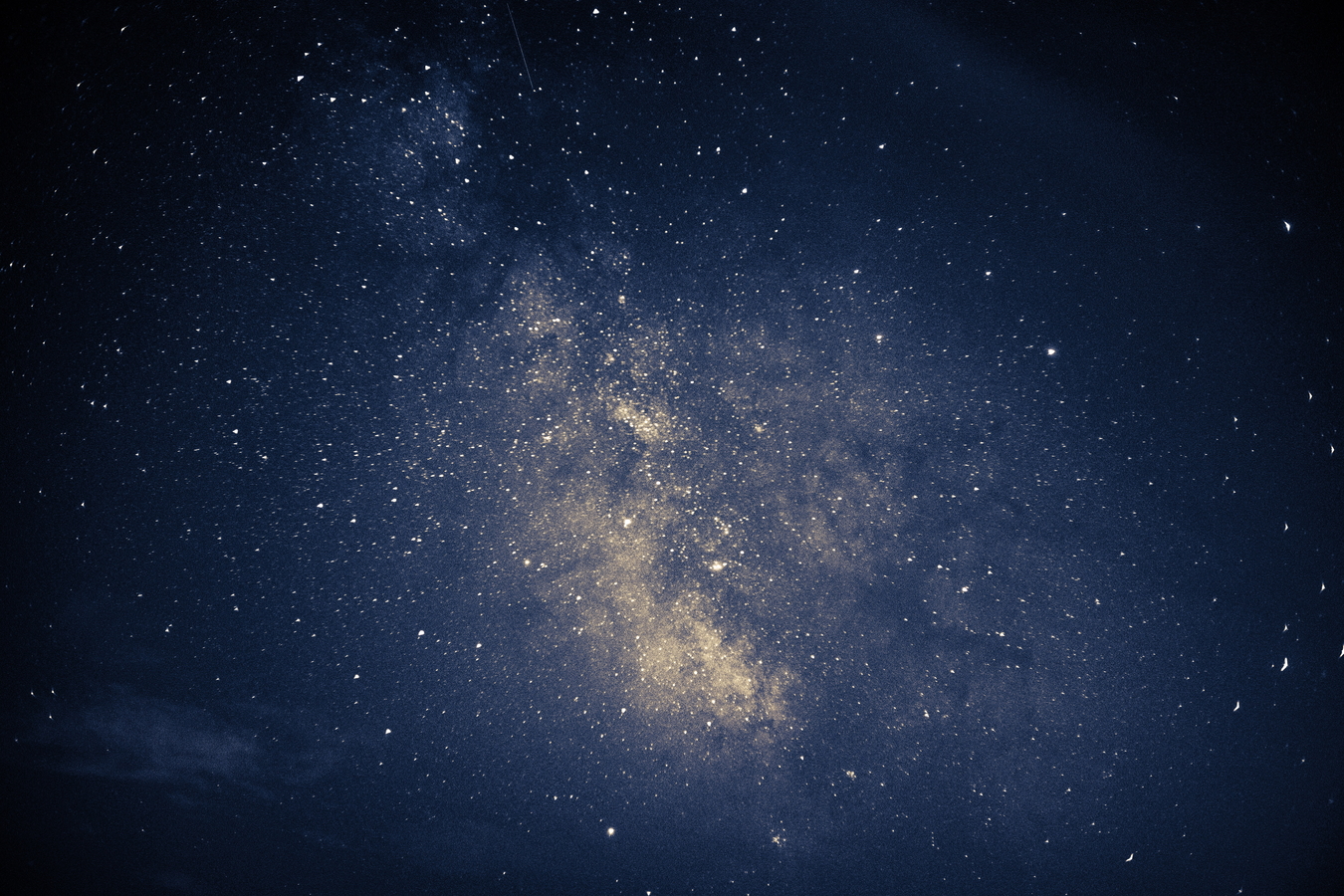Overview
The discovery of Active Galactic Nuclei (AGN) powered by low-mass blackholes (10^5 - 10^6 solar masses) in large numbers of dwarf galaxies, along with recent observations of galaxy-wide outflows in some of these galaxies, suggest that AGN feedback may have a much more significant impact on the evolution of dwarf galaxies than previously thought. I will present our work comparing the kinematics, distribution, and energetics of winds in AGN and star-forming dwarf galaxies. We find that AGN-powered outflows are more energetic than stellar-powered outflows, which could have implications for studying the importance of the effect of AGN feedback in the evolution of dwarf galaxies. Additionally, our ongoing work addresses the challenges of locating such BH due to their low masses and weak signatures. We try to establish indicators of low-mass BH activity in dwarf galaxies using near-infrared coronal lines, mid-infrared variability, and mid-infrared colors. I will present the results of our work on the correlation between the nature of variability and the likelihood of detecting low-mass AGN by other indicators, which can be used to improve observational methods to discover low-mass BH in the universe.
